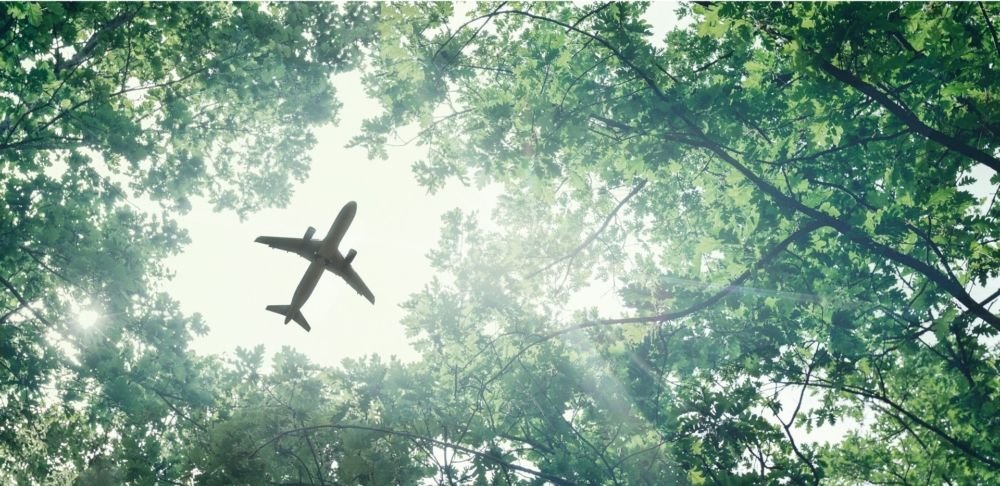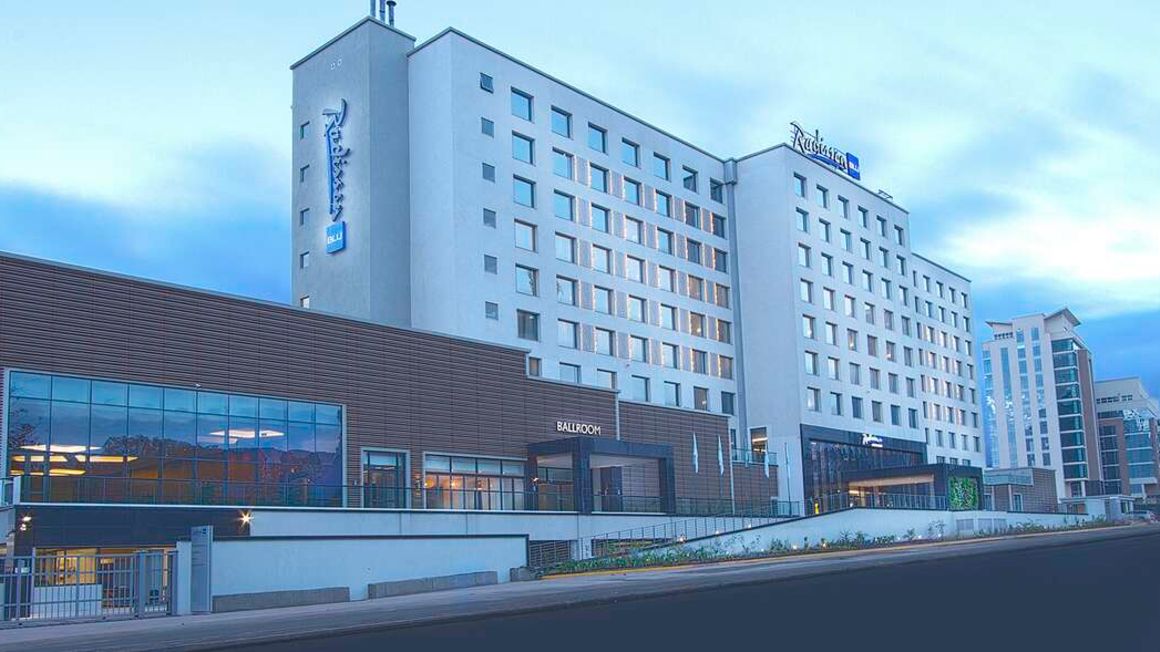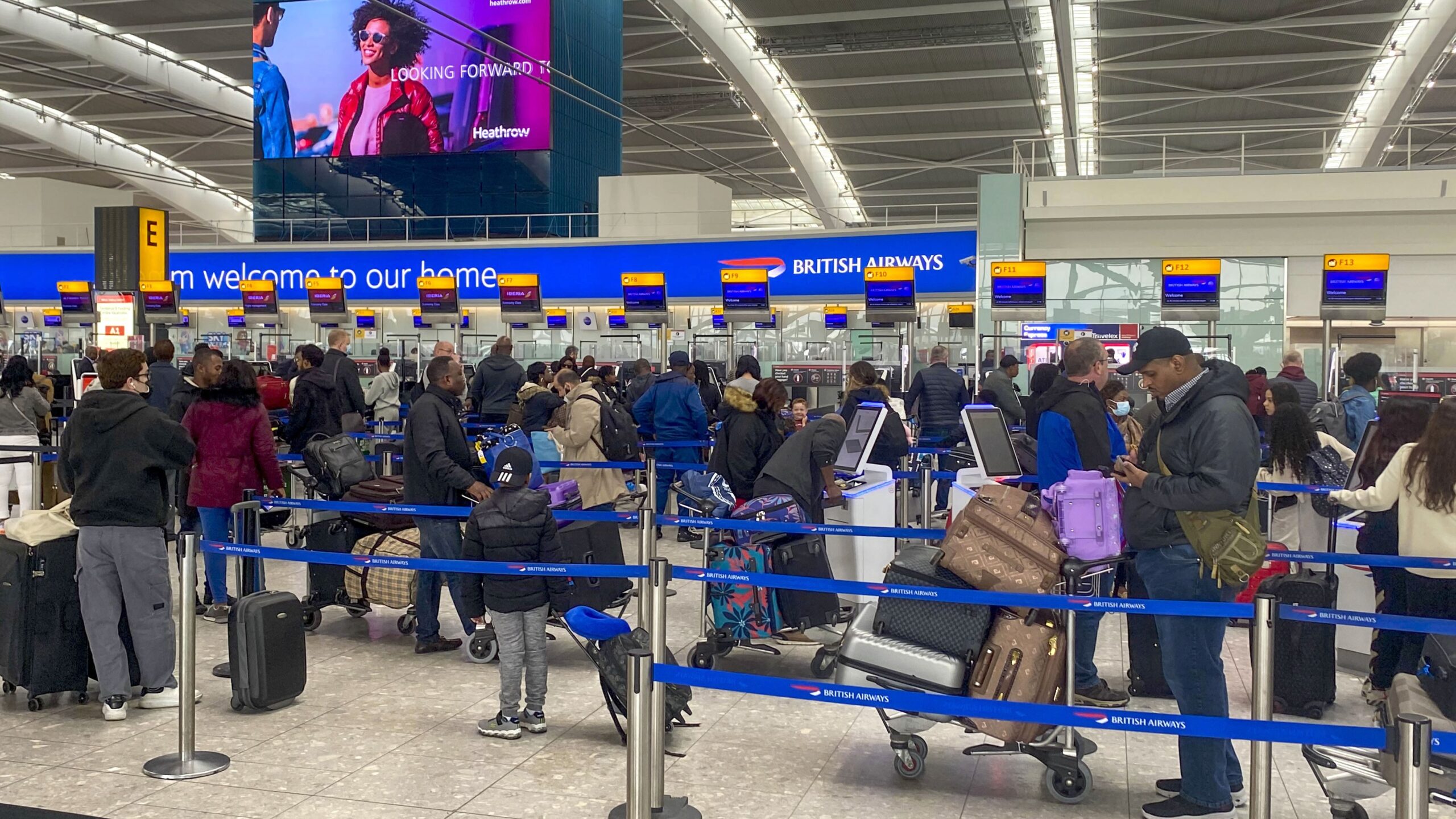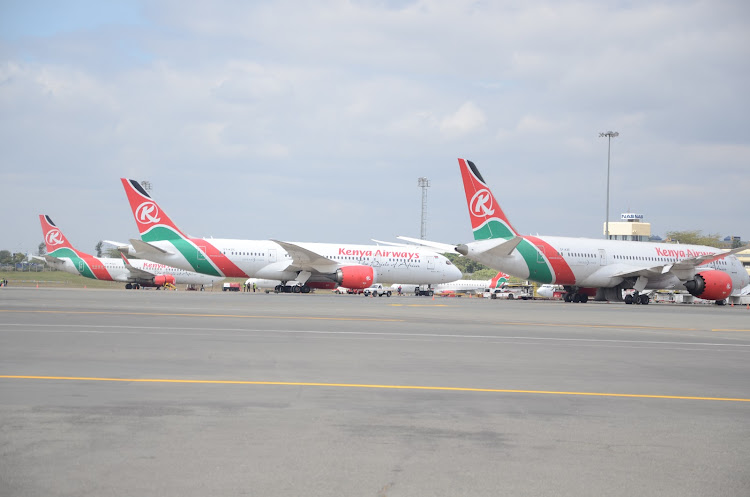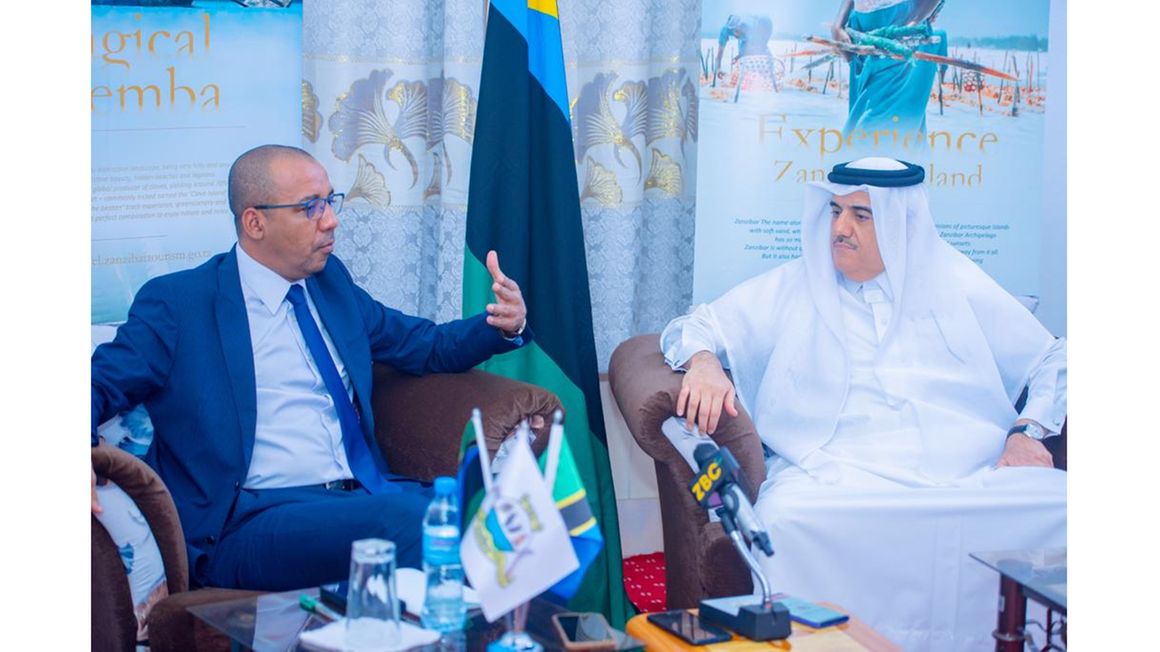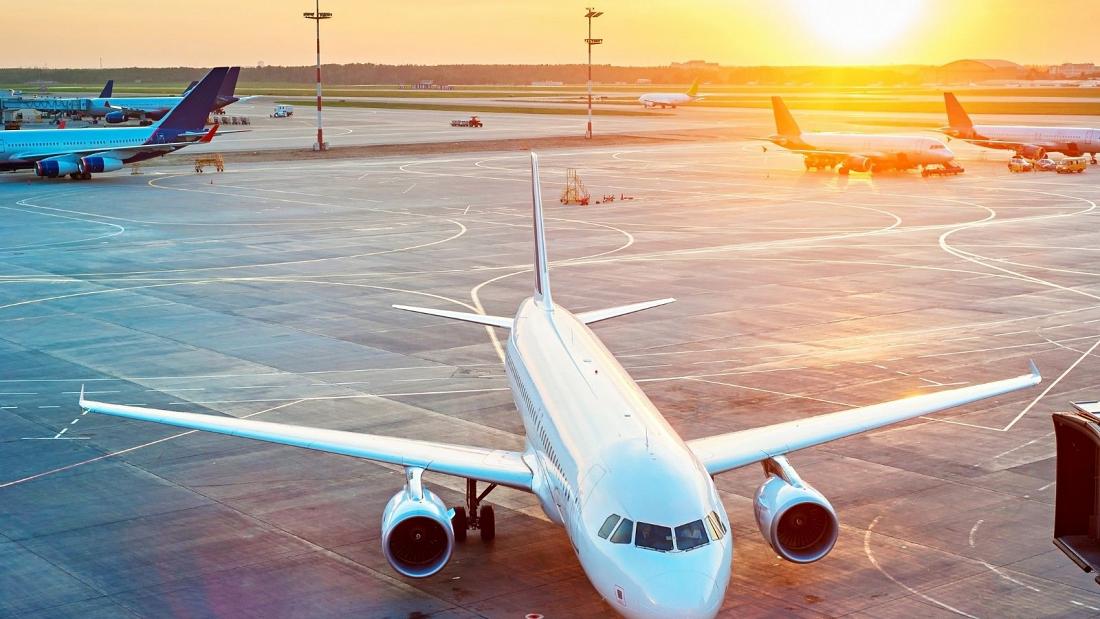The EU and IATA both want to reduce emissions so why can’t they work together on one global solution, rather than chasing their own agendas?
The International Air Transport Association (IATA) went into a tailspin after the European Parliament voted on June 8 to expand its European Union Emissions Trading System (ETS) rules.
ETS aviation is part of the European Union’s (EU) ‘Fit for 55 in 2030’ package, the EU’s plan to reduce greenhouse gas emissions by at least 55% by 2030, compared to 1990 levels, in line with the European Climate Law. The European Commission had previously proposed applying the ETS to intra-EU flights and CORSIA (Carbon Offsetting and Reduction Scheme for International Aviation) to international flights departing from and arriving in the EU. The International Civil Aviation Organization (ICAO) has adopted CORSIA as the worldwide market-based means to limit aviation’s CO2 emissions.
The European Parliament has now adopted the proposal that the ETS should apply to all flights departing from an airport located in the European Economic Zone. This zone includes the 27 member states of the EU, plus Iceland, Liechtenstein and Norway. The parliament voted 479 in favor, 130 against with 32 abstentions. It also wants the current free allocations to the aviation sector to be phased out by 2025 and that 75% of the revenues generated from auctioning allowances for aviation be used to support innovation and new technologies.
IATA represents around 290 airlines and says this unilateral decision by the European Parliament (EP) will weaken and potentially dismantle the existing CORSIA agreement. The EP push is incompatible with CORSIA and could result in EU operators being double charged for their emissions. IATA Director General Willie Walsh said the decision would endanger international cooperation to tackle aviation’s climate change impacts. He called on the European Council to seek a multilateral solution at this year’s ICAO Assembly.
In 2012 a previous attempt to impose the ETS extra-territorially failed. Walsh said the impact of any regional initiative by the EU will be quickly neutralized if it derails decarbonization efforts in faster-growing markets outside of Europe.
Can ICAO keep CORSIA intact globally?
Both the European ETS and CORSIA allow airlines to buy credits to offset their emissions. The status quo was that the ETS applied to flights within the EU zone and CORSIA was a separate international agreement. The Aerospace and Defence Industries Association of Europe (ASD) also called on the EP to reject the proposed change, saying it could derail discussions in ICAO on adopting a global Long Term Aspirational Goal for civil aviation and the future of CORSIA. The aviation industry is keen for ICAO to adopt the net-zero by 2050 target and the ASD says the unilateral stance of the EU will likely result in the inability of ICAO to adopt such an important target.
CORSIA is not without its critics, who believe the scheme is ineffective in tackling climate change impacts from aviation. Aviation needs to work together to develop effective industry-wide and global solutions, and the September ICAO Assembly is the chance to do that. But will they?
Source: Simple Flying

